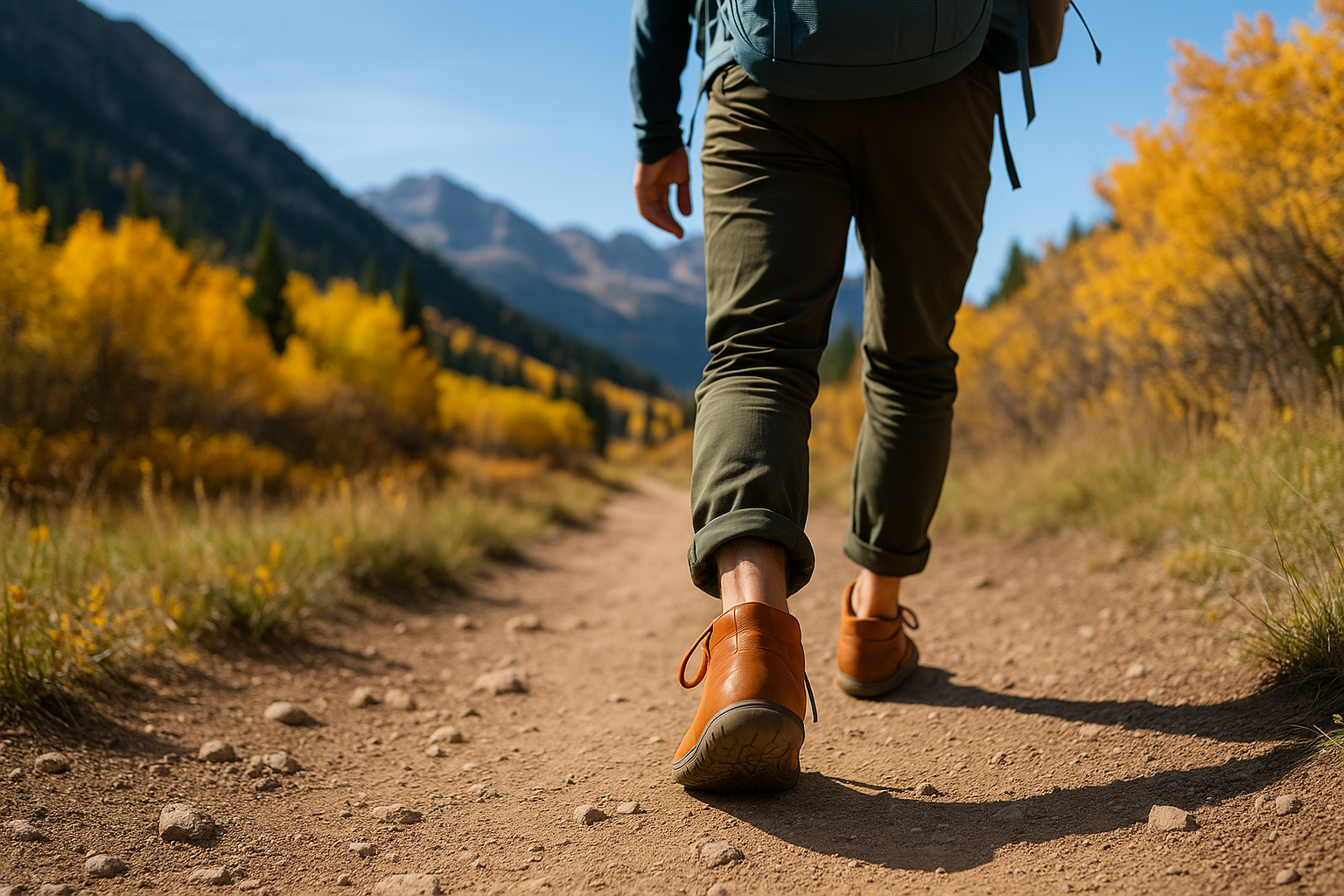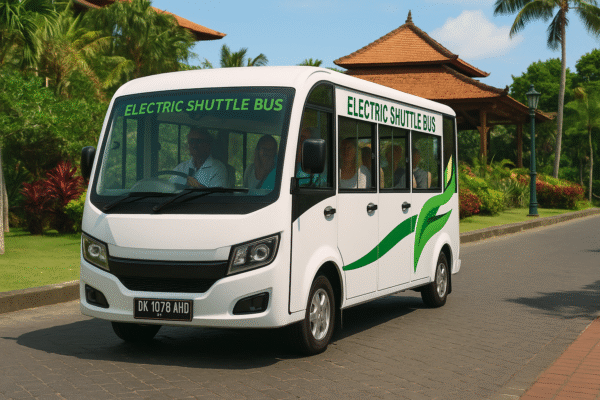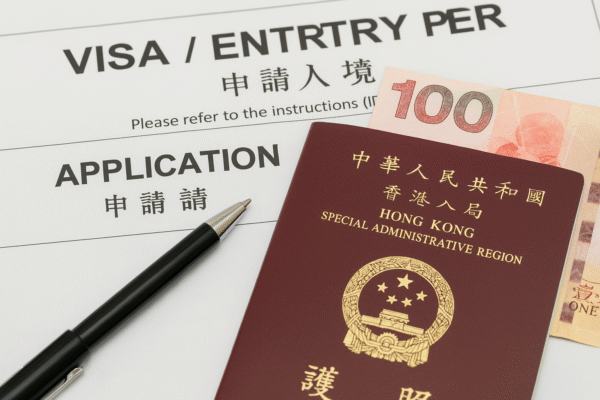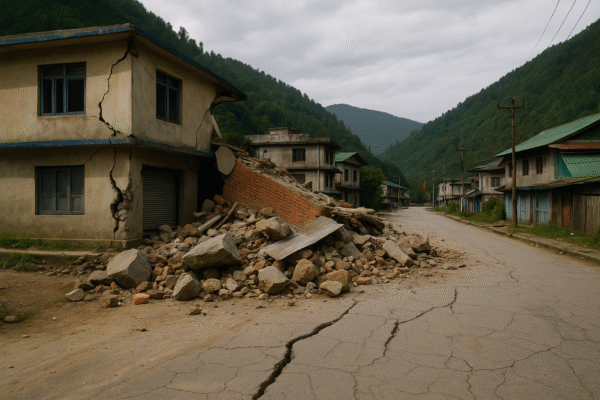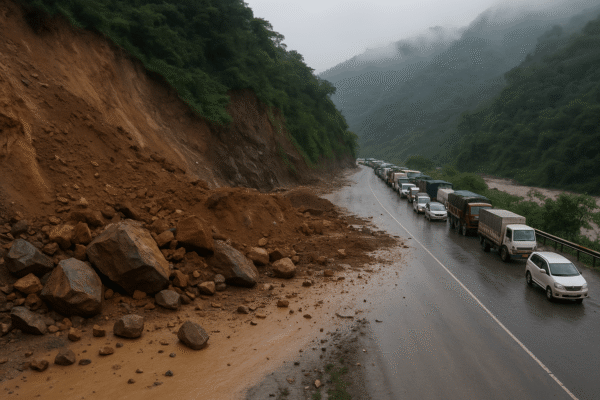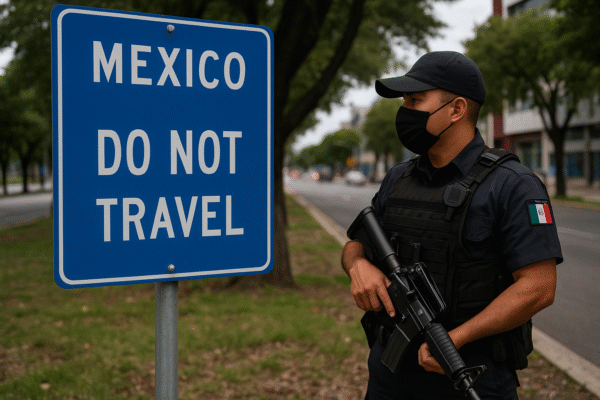As tourists plan exciting adventures to Mexico, the U.S. government has recently issued an important travel alert, advising American visitors to avoid six high-risk states due to escalating violence and cartel-related threats. Even as many vibrant destinations remain safe and inviting, this advisory underscores the importance of staying informed and choosing wisely when planning a Mexican getaway.
What’s Behind the Alert?
The U.S. Department of State has placed six Mexican states—Colima, Sinaloa, Tamaulipas, Guerrero, Michoacán, and Zacatecas—under a “Level 4 – Do Not Travel” designation. These regions are labeled as being at the highest risk due to widespread violent crime, kidnapping, and the presence of organized criminal groups. Meanwhile, eight additional states—including Baja California, Chiapas, Chihuahua, Coahuila, Guanajuato, Jalisco, Morelos, and Sonora—are under a “Level 3 – Reconsider Travel” advisory, signaling elevated caution rather than an outright ban.
Why These Regions?
The Level 4 states are among the most violence-affected areas in Mexico, with documented incidents related to drug cartel operations, homicides, armed confrontations, and hostage situations. Kidnapping threats are particularly significant in Colima, Tamaulipas, and Zacatecas. Guanajuato, Chihuahua, and Baja California are among the most violent in terms of homicide numbers, while several of the Level 3 states have experienced notable upticks in organized-crime activity. In contrast, nearly all of Mexico’s other states fall under Level 2 (“Exercise Increased Caution”)—a moderate advisory—or Level 1 (“Exercise Normal Precautions”) in a few cases.
What’s Still Safe to Visit
Despite these advisories, many of Mexico’s cherished tourist destinations remain open and welcoming. Popular beach towns, cultural hubs, and well-traveled resort areas continue to offer the rich experiences that draw millions of travelers each year. With prudent planning and situational awareness, trips to safe parts of Mexico can be both memorable and trouble-free.
Practical Safety Tips for Travelers
- Know the Risk Levels: Before booking, check the latest advisory status for your intended destination. If it’s listed under Levels 3 or 4, reconsider or postpone.
- Stick to Safe Zones: Favor destinations classified under Level 1 or 2—these are typically well-patrolled, tourist-friendly areas with lower crime rates.
- Enroll in Safety Programs: Sign up for traveler registration services that alert your nearest embassy in case of emergencies.
- Use Legitimate Transportation: Rely on licensed taxis or trusted ride services rather than hailing transport off the street, especially after dark.
- Travel by Day: Many incidents like carjackings occur at night—schedule your travel and outings during daylight hours when it’s safer.
- Avoid Isolated Encounters: Be cautious when meeting strangers—especially via dating apps—and always do so in public, well-lit places with cell service.
- Share Your Itinerary: Leave your travel plan with family or friends back home and maintain regular check-ins.
- Carry Essential Copies: Keep a copy of your passport and emergency contacts separate from the originals for added safety.
By combining these smart precautions with knowledge of the latest travel advisories, you can still enjoy the richness of Mexico’s landscapes, history, and culture—while keeping security front and center.
Final Thoughts
This alert serves as a vital reminder: Mexico is a country of tremendous beauty and cultural depth, but it also faces serious security challenges in certain regions. The U.S. government identifies six states as too dangerous for travel at the moment and urges Americans to avoid them. Several others warrant careful evaluation before making plans. However, many regions remain safe and ready to welcome visitors. With conscientious planning, flexibility, and respect for current circumstances, travelers can experience all that Mexico has to offer with peace of mind.
For more travel news like this, keep reading Global Travel Wire


